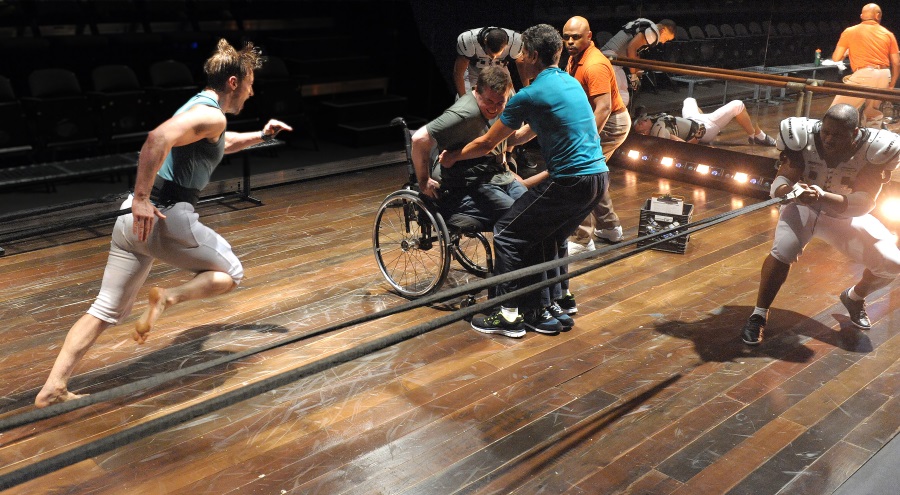In 1920, Helen Keller traveled the Orpheum Circuit and was able to tell her story the way that Hollywood wouldn’t. She, along with many performers with disabilities, found her voice on vaudeville and in sideshows.
But some time within the last century, the prospect of watching performers with rare traits in sideshows turned from an awe-inspiring experience to something associated with exploitation and fear.
“There was a time when people with unique disabilities could make a living because of their disability,” says Howard Sherman, senior strategy consultant for the Alliance for Inclusion in the Arts. “But the idea of looking at people with disabilities became socially unacceptable.”
Social stigmas surrounding people with disabilities—both the gawkers’ fascination and the looking away of “polite” society—have persisted long past the days of the side show. These days, when disability is depicted onstage, it is very often positioned within a stereotypical narrative of uplift and courage, and roles in such projects are still too rarely even offered to actors with disabilities.
While many theatres strive to promote ethnic diversity in casting and aim for gender equity in the hiring of playwrights and directors, the largest minority group in the country is still mostly left out of the picture. One in five Americans identifies as having a disability, and performers with cognitive, mobile, and physical disabilities span all ethnic groups, gender identifications, and age groups. So where are their stories, and who gets to perform them onstage?
This year marks the 25th anniversary of the Americans with Disabilities Act, and the occasion has ignited celebrations as well as spurred conversations about how far we’ve really come in terms of providing access and acceptance. The status of performers with disabilities can be a contentious topic in the theatre—ostensibly a place where empathy for unique life stories should live and thrive, but which in many cases falls short of embracing the full range of human experience.
“I think we know that the playing field is not fair,” says Michael Patrick Thornton, actor and artistic director of the Gift Theatre in Chicago. (Thornton uses a wheelchair.) “However, I feel like the purpose of the arts is for us to try to understand each other a little bit more as human beings and to try to increase empathy.”
It’s not as if stories about people with disabilities are rare: The past two seasons on Broadway showcased seven productions featuring disabled characters; none of them were played by actors with disabilities. And while the Great White Way is just one slice of the landscape of the American theatre, the casting of these commercial productions—many of which typically get their start at nonprofits—is emblematic of the country as a whole. Which is why Deaf West’s production of Spring Awakening on Broadway this season, featuring a large cast of Deaf actors, can be seen as a giant leap in the right direction. The production is also a harsh reminder that the inclusion of Deaf or disabled actors onstage has been sorely lacking.
Deaf West’s revival of Spring Awakening adds a new layer to Steven Sater and Duncan Sheik’s coming-of-rage musical, based on Frank Wedekind’s 1891 play about repressed German teenagers struggling to communicate with their elders. In director Michael Arden’s conception, Deaf and hearing actors perform alongside each other using American Sign Language, and Arden has designated the characters played by Deaf actors, such as Wendla and Moritz, as Deaf.
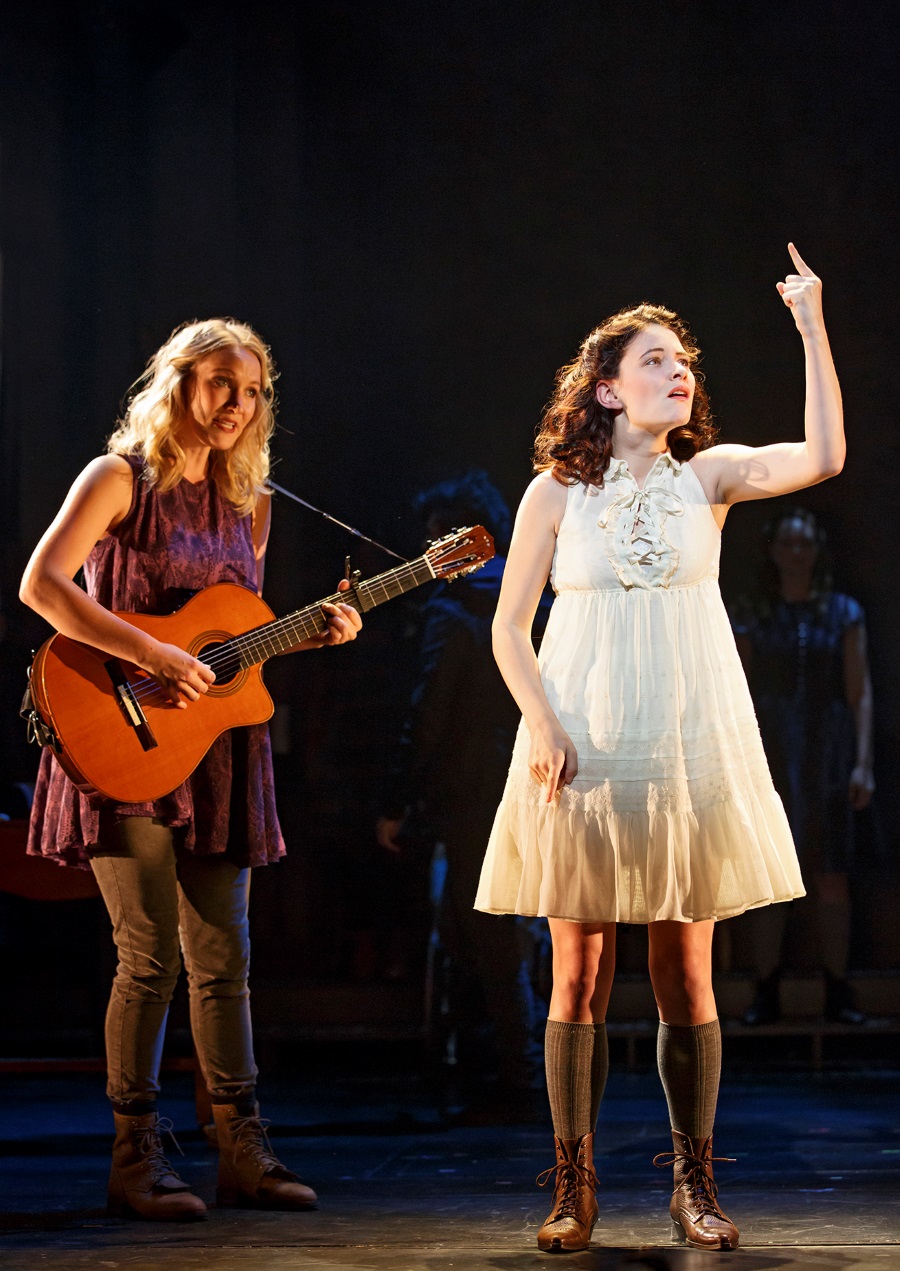
“People are responding because we are telling the story through nontraditional means, and that makes the audience pay attention a little bit closer,” says Arden.
The ensemble also includes Ali Stroker, by all accounts the first actor who uses a wheelchair to be cast in a Broadway show. “That is a pretty stark fact,” says casting director David Caparelliotis, a member of the Casting Society of America’s Diversity Committee. “That needs to be the starting point from which we are now saying, ‘That can’t be anymore.’”
This past spring, New York City’s Apothetae theatre organized a national convening of theatres to discuss issues facing disabled artists. Minneapolis’s Mixed Blood Theatre recently created a list of plays about the disabled experience, and in September, the newly formed CSA Diversity Committee and the Alliance for Inclusion in the Arts held a forum for artists and casting directors to discuss how to work toward the goal of access, inclusion, and better representation onstage.
“One-fifth of American society has a disability, so what we must focus on is a) representing that in the stories that are told, and b) making sure people with disabilities have the equal opportunity to be part of telling those stories,” explains Sherman.
The Stories We Tell
Obviously, representation onstage is crucial to how people perceive any underrepresented group. “Historically, disability has been invisible, set aside, and not wanted to be looked at in our culture,” says Gregg Mozgala, Apothetae’s artistic director. His company works with the Lark Play Development Center to commission plays highlighting disability issues. “My background is as an actor,” adds Mozgala, who has cerebral palsy. “There were no real satisfying narratives that reflected my experience as a disabled American that didn’t fall into the usual tropes of inspiration or overcoming adversity.”
That Uppity Theatre Company of Saint Louis, Mo., brings artists with disabilities together to share their own personal stories in front of audiences with the DisAbility Project. “It excites me to create material that is driven by their concerns,” says artistic director Joan Lipkin. “We examine issues that are significant to the people in the group.”
Theater Breaking Through Barriers in New York City is also committed to producing work about the disabled experience, and its “Power Plays” initiative commissions playwrights to create stories about disabilities. Neil LaBute, John Guare, David Henry Hwang, Bekah Brunstetter, and Bruce Graham all wrote 10-minute plays for TBTB’s 2014 program.
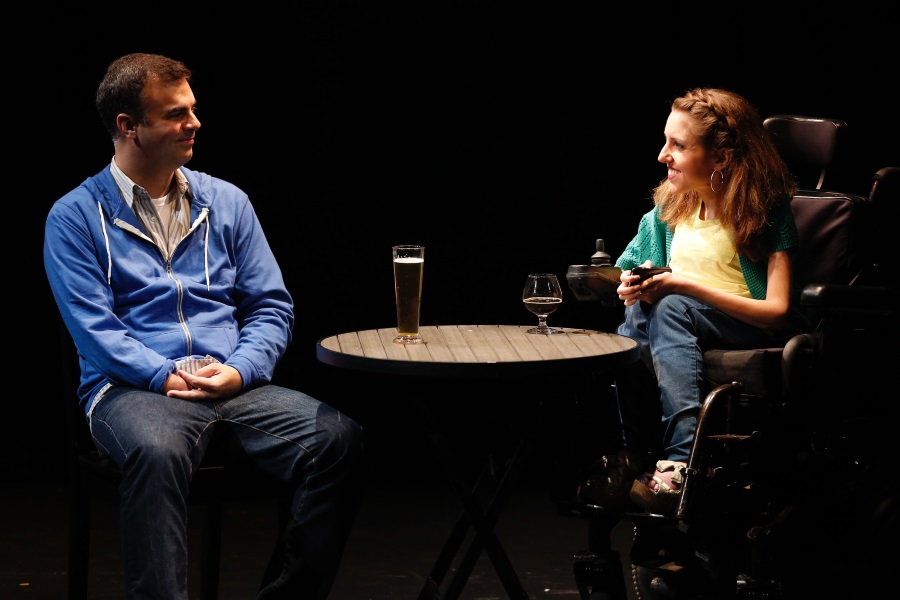
Mixed Blood Theatre, with the help of a TCG A-ha! grant, has created the Disability Visibility project and solicited 40 people to recommend plays featuring characters with disabilities or with related theme and content. Mixed Blood has committed to subsidize three productions of these plays for theatre companies that employ actors with disabilities to play the roles of the disabled characters.
“I do hope that this is the first pebble in the water that ripples out to become an overall transformation of the regional theatre movement and its relationship with artists with disabilities,” says artistic director Jack Reuler. Fifteen years ago, Reuler visited Interact Center for the Visual and Performing Arts, a theatre in St. Paul, Minn., dedicated to artists with disabilities, and realized he had been remiss on that aspect of inclusion at his own theatre. With the Disability Visibility project, he hopes to encourage other theatres to join the effort.
Aditi Kapil, playwright-in-residence at Mixed Blood and author of Love Person, read through all of the submissions. “We hit every possible genre, every possible theatrical style—there is something for everyone,” says Kapil. She will be directing Love Person—a four-person chamber play about love and communication told via ASL, Sanskrit, and English—at Park Square Theatre in St. Paul next year. “I wanted to create something that was purely bilingual, so that at no point you are looking off to the side for your access,” explains Kapil. “The access is part of the play; it’s not called access, it’s called art.”
Who Gets the Call
But even when stories about disabilities make their way into the limelight, actors with disabilities do not always have access to the roles. Shouldn’t they? This is a fraught debate, even among members of the community of disabled artists. Advocates differ on whether nondisabled actors should ever portray characters that are defined as being disabled, or whether it’s acceptable some of the time—or whether it varies according to the role’s demands and the type of disability.
“Theatre companies don’t want to work with disabled actors; they would rather hire an able-bodied actor to play disabled,” says Nicholas Viselli, artistic director of TBTB. Instead, Viselli says, “They might hire a disabled person to show that actor how to play disabled,” a practice he calls “wrong on all levels.”
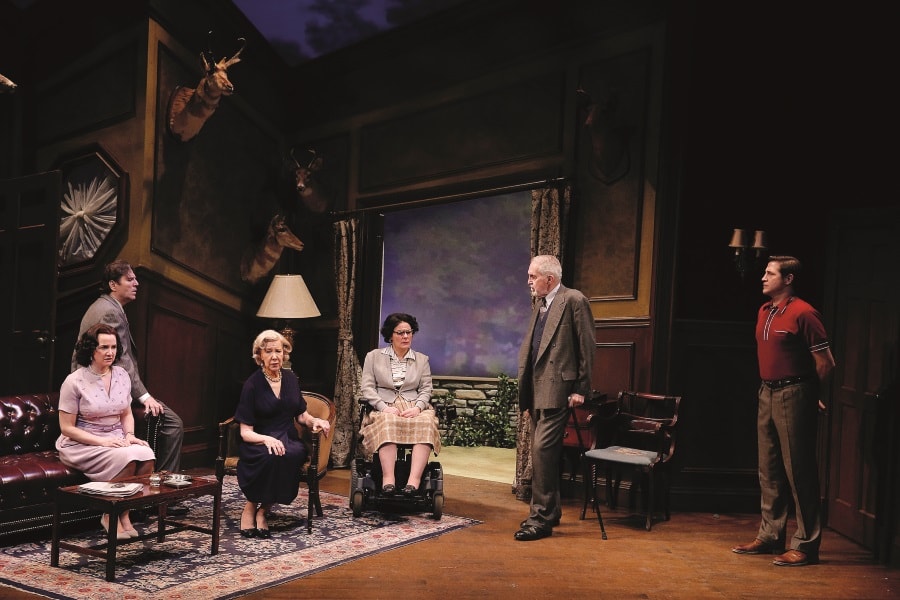
But Thornton, a paralyzed actor, rallies for a level playing field for all actors. “Just because I can’t play Lance Armstrong in the biopic doesn’t mean that I across-the-board believe that only disabled actors should play disabled roles,” he says, noting that such a rule would deprive the world of great performances by Daniel Day-Lewis and Dustin Hoffman, among others. “A hardline ideology doesn’t get us anywhere.”
Whether or not an actor with a disability should be the only choice to play a disabled character, everyone agrees that performers with disabilities should at least get a fair opportunity to audition for the part.
“Something people don’t think about a lot is that most actors with disabilities don’t even get the opportunity to play themselves,” says Christine Bruno, actor and disability advocate for the Alliance for Inclusion in the Arts. “In our community we use the term ‘cripface’—playing disability is akin to blackface. If you present it that way, people get the comparison.”
Casting directors often receive the brunt of the criticism, but the issue lies outside of the audition room. The trouble is deep in the infrastructure and processes that go into mounting a production.
“A lot of that contentiousness is misdirected,” says casting director Joy Dewing, who is also on the CSA Diversity Committee. “It is very frustrating for us to be on the other side and be the scapegoat” when nondisabled actors are cast as disabled characters. “We are bringing in as many actors we can find who have that disability. At the end of the day, the producer is going to hire the person who will sell tickets; it’s not our decision.”
Indeed, many theatre companies find that authentically casting plays is much easier said than done. For a production of The Miracle Worker at the Coterie Theatre in Kansas City, Mo., for instance, the theatre hoped to cast the role of Helen Keller with a blind actor, but it didn’t work out. The theatre sought out a local girl, a Braille Challenge champion, and enlisted her in acting classes months before auditions. “It was a disappointment to me that after our classes, we felt she wasn’t ready for that role,” says producing artistic director Jeff Church. “It is a very difficult piece of physical theatre. I didn’t want it to be unsafe for her or the title actress—you don’t realize how complicated it is until you get right in the middle of it.”
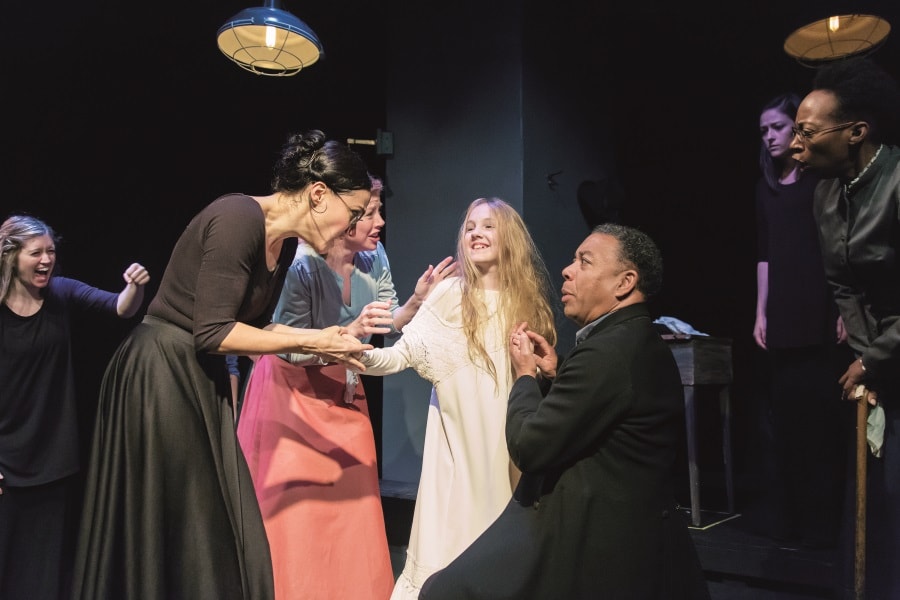
The young girl is continuing to take acting classes, and the Coterie is forging ahead with efforts both to be more accessible to audiences and to provide outreach to more disabled performers. But Viselli of TBTB says that after working with both actors with disabilities and nondisabled actors for many years, there should be no qualitative difference. “Every artist has their own individual needs,” he says. “Once you are aware of what an individual’s needs are, you work with them.”
Salt Lake City Acting Company asked for recommendations of Deaf actors and hired an interpreter for auditions for a production of Nina Raine’s Tribes. No one showed up, they say, so the company cast a hearing actor in the role of Billy, a deaf boy raised to read lips in a hearing family. But after attending diversity and inclusion workshops at the TCG conference and speaking with the Deaf community in Salt Lake City, the theatre changed course a week before rehearsals began. “I am really surprised that I didn’t know this before,” says executive artistic director Cynthia Fleming. “It just really feels that it is impossible not to listen to the very community this play is striving to give a voice to, and I hope that more hearing people’s thinking expands like mine has.” The company ended up finding a deaf actor from New York, Stephen Drabicki, who played the part in the October production.
Andrew Hinderaker’s Colossal has been making its way to theatres across the country, and will next appear at San Francisco Playhouse and Southern Rep Theatre in New Orleans this season. The play requires fight captions, a drum line, dancing football players, and a special caveat: The quadriplegic character must be played by a disabled actor. “There is a big pool of artists with disabilities that we don’t often know about because they are never asked, and they are never included,” says Hinderaker. “So I think what has been a by-product of Colossal is that we are starting to generate lists of artists with disabilities who are immensely talented and are on people’s radar for roles that do or do not intersect with disability.”
Hinderaker wrote the role of the quadriplegic football player for Thornton, who played it in the play’s premiere at Olney Theatre Center in Maryland. Still, Thornton says he would be “fine” with a nondisabled actor in the role, “if the actor really digs in and they are visiting the local rehab place. Are they going to really approximate what it is to be disabled? No, but in their own way, perhaps they will emerge from that a little more empathetic. That’s okay with me.”
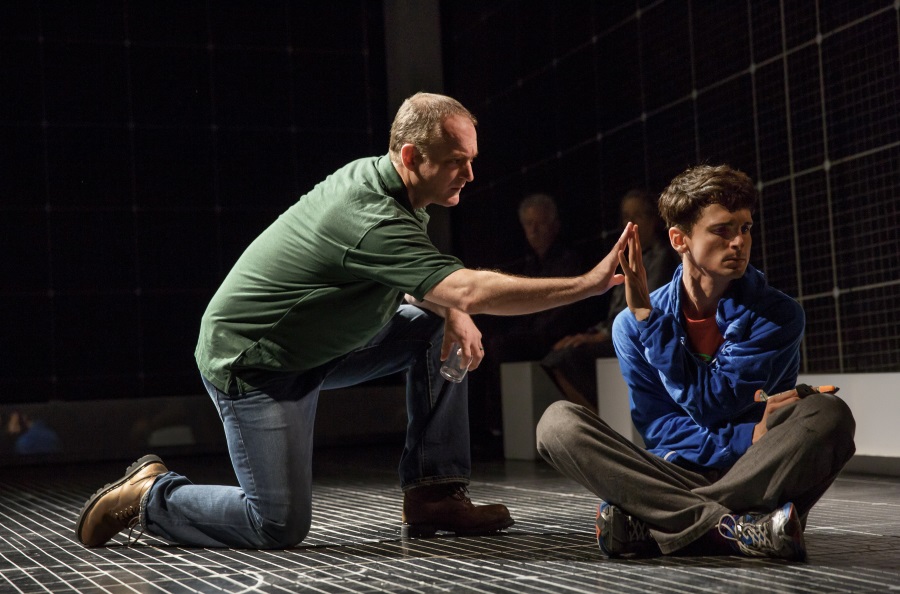
The Curious Incident of the Dog in the Night-Time on Broadway has received criticism from autistic activists for casting a nonautistic performer, Alex Sharp (who won a Tony), as Christopher, an extraordinary boy represented as being on the autism spectrum. (His replacement, Tyler Lea, is also nonautistic.) Others in the autism community, though, have embraced the production, which, through lighting and set design, creatively invites audiences inside the character’s math-obsessed mind. By working with Quality Services for the Autism Community, associate director Benjamin Endsley Klein says he’s been careful to present Christopher accurately. For many families with children with autism, Curious Incident counts as the first time their own experiences have been reflected onstage. Theatre Development Fund cosponsored an autism-friendly performance earlier this year for autistic children and their families.
“It was incredibly emotional—we were all in puddles by the end of it,” says Klein. “It was definitely the highlight of our year, and we are looking forward to doing it again.”
When Ability Is Not the Point
Perhaps the best way to change the perception of normalcy in theatre is to cast actors with disabilities in roles not defined as being disabled. For his part, Thornton says he tries to steer away from playing only roles about the disabled experience, which he calls “empathetic tourism.” Audience members are affected by the disability onstage, he says, but they leave the theatre and don’t do anything about it.
“It is relegated to a sort of suburb of normalcy, as opposed to folded in and wet-wired into the main geography of what we consider normal,” says Thornton. He’s much happier with a role like the lead in Will Eno’s Title and Deed, which he played at the Lookingglass Theatre in Chicago earlier this year. Eno doesn’t define the character’s ability status at all; he is merely described as a “foreigner.”
TBTB has an ensemble of disabled and nondisabled actors, and produces some plays that are unrelated to disability. Their latest show, Agatha Christie’s The Unexpected Guest, for instance, featured blind performers, amputees, an actor using a wheelchair, and an actor using a cane in traditionally nondisabled roles.
And Nicu’s Spoon Theater, an NYC company dedicated to disabled artists, mounted Richard III in September. Their production imagines “a whole new society where [Richard III] is ‘perfect’ in a disabled world, and every character in the play is disabled except for Richard III,” says artistic director Stephanie Barton-Farcas.
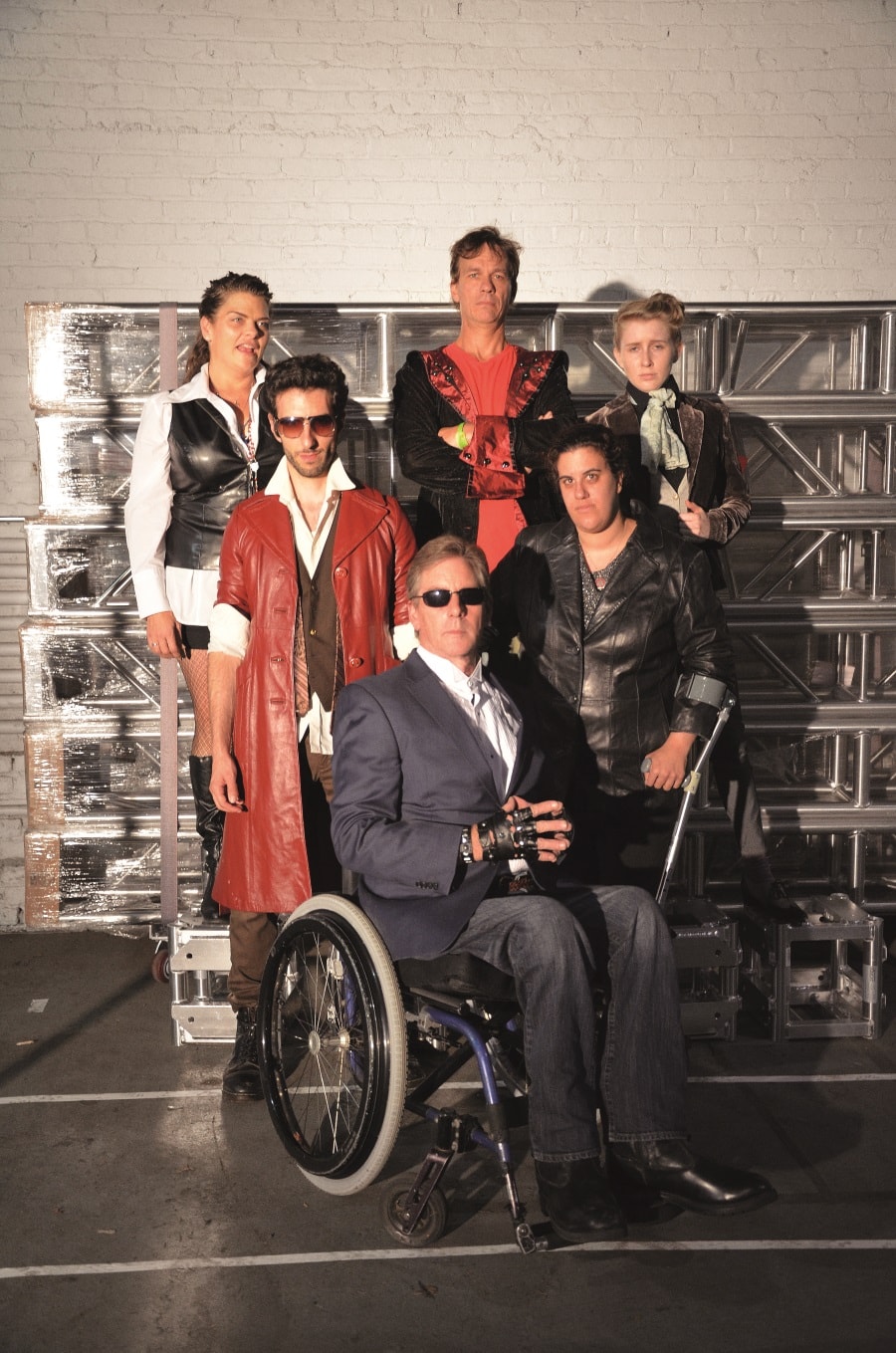
(Photo by Colette J. Panetta)
Larger theatres have also embraced this mandate. After putting out a call for disabled performers, Goodman Theatre just cast Anita Hollander, an amputee, in Thornton Wilder’s The Matchmaker, a 1955 romantic farce that doesn’t define any roles as being disabled.
Oregon Shakespeare Festival in Ashland, Ore., has been a leader in integrating actors with disabilities into their company, regardless of what type of actor a role calls for.
“We have been working to reflect the entirety of the U.S. in the stories we chose and the human beings we choose to embody those stories,” says associate producer Claudia Alick. “In the past eight years, we actually haven’t had a season that had a script in it that demanded somebody who led with an identity of disability.” But in its current season, OSF actor Regan Linton appeared in both Secret Love in Peach Blossom Land and Much Ado About Nothing. Linton’s use of a wheelchair became a trait of her character Don John in Much Ado—Linton’s nondisabled understudy even had to learn to use a wheelchair for the part.
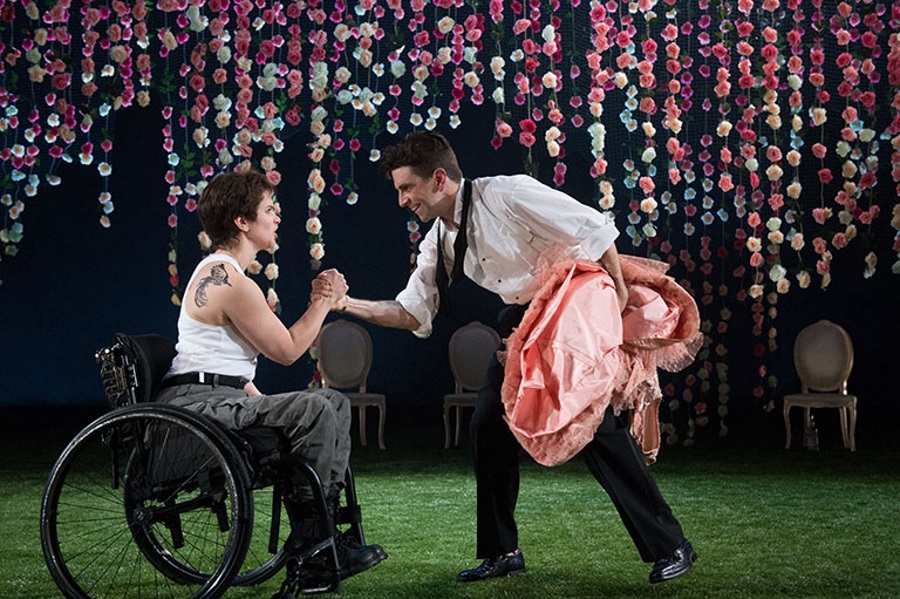
Bringing traits of the actors—whether a visible tool for independence, like a cane or a wheelchair, or a physical disability—into a play that is not about disability may be the most game-changing insight into what actors with disabilities are really capable of onstage.
“It is my hope that people will get a chance to see these fantastic actors who might not have the opportunity to be cast in certain roles,” says Spring Awakening director Arden. “Someone might come and see this and change their mind about what is traditional, and that roles can be played by just about anyone.”
What’s the Game Plan?
So the conversations are happening. What’s next? On Sept. 21, the Alliance for Inclusion in the Arts and the CSA diversity committee gathered representatives of Actor’s Equity and SAG-AFTRA, 60 artists with disabilities, and 30 casting directors to discuss plans for creating a more level and accessible playing field. “Even though the actors came in with their frustrations, there was such a positive tone in that room,” says casting director Rosalie Joseph. “There was no division, and I feel really good about that; it was all about building.”
Going forward, the diversity committee will be conducting free workshops and classes for actors with disabilities. “We really want to do what we can to help arm them with the techniques that come with auditioning more regularly,” says casting director Caparelliotis.
Some members of the disability community are concerned that this “moment” for disabled artists will pass (as others have before), and that the processes and infrastructures of U.S. theatre will remain closed them. But in addition to providing training for actors with disabilities and educating directors and producers about inclusivity, the casting directors on the CSA committee have pledged to be consistent in these new practices moving forward.
The bottom line: American theatres—whether they have been practicing inclusive casting for decades or are just adapting their performance spaces to be more accessible—are being challenged to not only consider a canon of work representing a growing population, but policies that regularly get members of that population into the audition room, as well.
The causes of representation and access are intertwined, finally. Stories featuring disabled characters and productions featuring disabled performers—often but not always the same thing—can have a huge impact on today’s audiences, and possibly tomorrow’s theatremakers. Every actor can recall the play they saw, usually at a young age, which resonated with them: The character or the story struck a chord of recognition, and suddenly they felt the need to hop onstage themselves. The untapped pool of talented young people with disabilities, who have too few role models to look up to, need to see those stories, those characters, and those actors onstage.
“People go to the theatre so they can look onstage and say, ‘Hey, that’s me up there,’ and catch a glimpse of their own lives in front of them,” says Arden.
During a question-and-answer session after an autism-friendly performance of Curious Incident, a little girl asked if she could go onstage and sing a song from West Side Story. “She had just been at the theatre all day and you could see in her eyes that she wanted to come on up,” says associate director Klein. “We have cops in the show, and she sang ‘Gee, Officer Krupke’ and did some choreography. There is a definite sense from people watching the show that theatre is a fun, wonderful environment and they want to be a part of it.”

